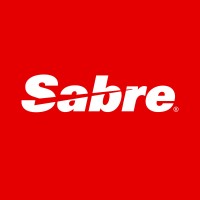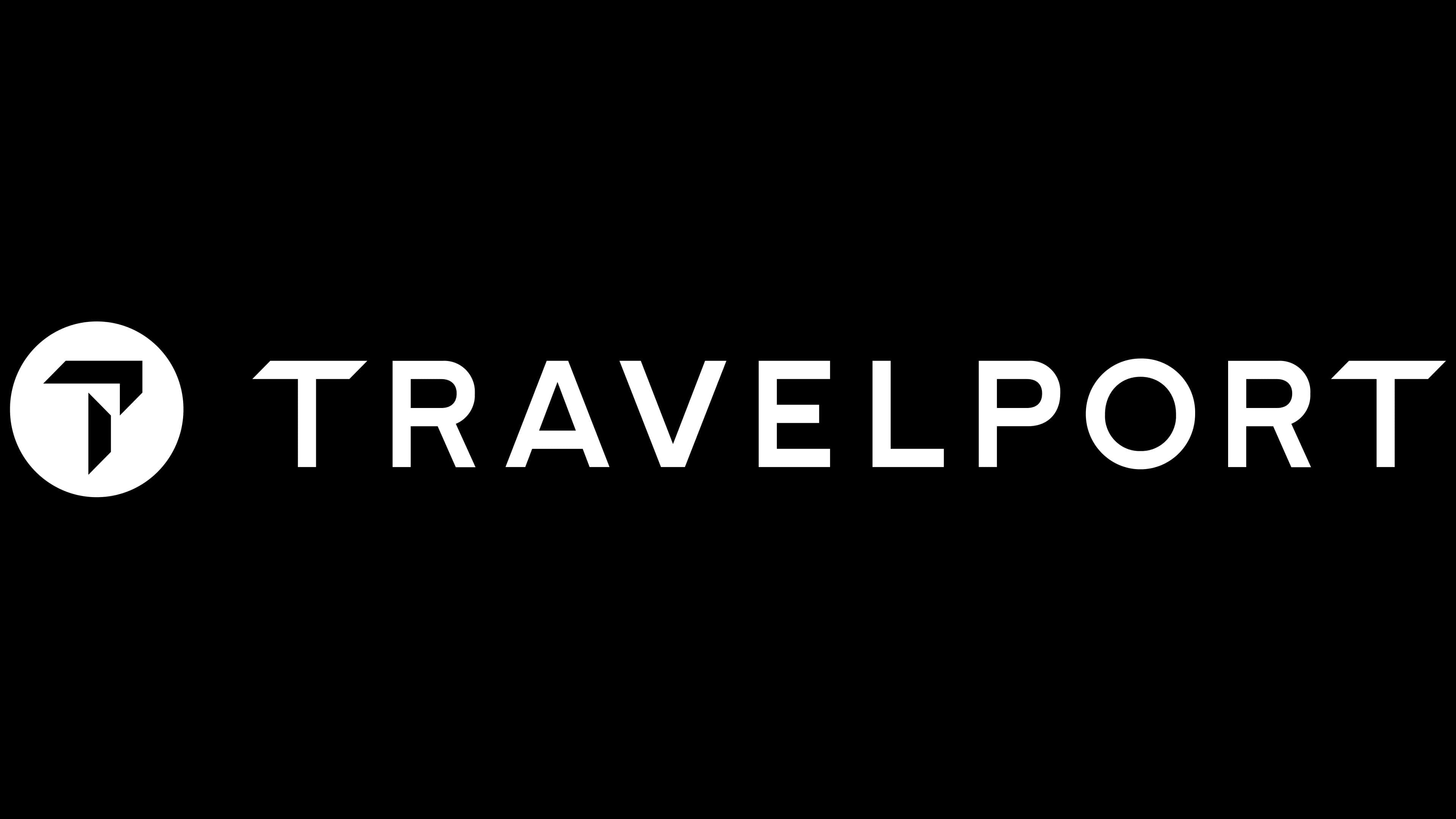Every travel business requires a good global distribution system that caters to all of its needs and requirement which could greatly help your travel business to choose the right GDS which is the most suitable for your travel business. Global distribution systems are an extremely important and integral part of the tourism and travel industry. It gives the major advantage of personalization that can be enjoyed and also helps to generate more and more revenues.
What is a GDS?
A Global Distribution System, or GDS, is a computer network operating as a middleman between travel agents and numerous travel service providers. It collects inventory, schedules, and fares from providers and gives agents and OTAs an opportunity to search and book them.
How Does a GDS Work?
A GDS functions as a middleman between a travel agent and a hotel’s central reservation system or flight reservation system. Travel agents can see real-time rates and inventory via the GDS, though the GDS doesn’t actually hold its own inventory. It shows available room types, rates, and restrictions.
What are the Most Popular Global Distribution Systems?
The GDS has come a long way; while Sabre is still a major player, several GDS companies operate today. the requirement that could greatly help your travel business to choose the right GDS which is the most suitable for your travel business.
The major global distribution systems for travel reservations include:
Amadeus: It is the world’s largest GDS accounting for about 40% of GDS transactions, and it’s especially popular in Europe. Many of these reservations are for airfare, but it’s still a powerful tool for hotels, with over 600,000 hotels connected.
Sabre: It is the second-largest GDS accounting for about 35% of travel agency bookings. Around 175,000 hotels are connected to Sabre. Its portfolio in North America is larger than its competitors.
Travelport: It owns systems called Galileo, Worldspan, and Apollo.
Choose The Right GDS: Amadeus

Amadeus is considered the most versatile GDS. It consolidates around 490 airlines, 770,000 hospitality properties, 69 car rental companies and transfer carriers in 42,000 locations, 43 railway carriers, and 53 cruise and ferry lines. The main area of Amadeus distribution in Europe, the Middle East, and Africa.
Flights: The classic flight search and booking functionality are presented in all GDSs, Amadeus included. Amadeus also has services for business travel (useful for TMCs) and packaged rail and air booking.
Hotels: Amadeus gives basic hotel booking capabilities, with search and pricing details. It also owns a hotelier GDS, that offers connectivity to all main GDS, combined.
Car rentals: Amadeus has rich visual content and airport shuttle/transfer options.
Cruises: Amadeus Cruise Web Services provides extensive cruise booking availability with transfers, special services, excursions, bus availabilities, and more. Apart from regular booking, it supports modifications and cancellation opportunities.
Railways: Acceptable rail bookings using Amadeus consists of regular search and ticketing, plus some additional services like accommodation.
Insurance: One of the distinguishing features of Amadeus compared to other GDSs is that it offers insurance shopping along with booking. It connects both OTAs and retail agencies with dozens of global and local insurance providers and allows them to create insurance documents with pre-filled information.
Choose The Right GDS: Sabre

Sabre with a strong background, has descended from a computer reservation system initially developed by American Airlines. In the Asia-Pacific, this GDS was less popular until it bought the largest GDS in Asia – Abacus. The Sabre distribution channel unites around 440 airlines, 50 railway carriers, 37 car rental companies across 40,000 destinations, 20 cruise lines, and more than a million hotel properties.
Flights: Sabre offers extensive functionality for flight booking, including mileage count, seat maps, queue activity, and more.
Hotels: Sabre has limited hotel data availability that provides basic search, booking, cancellations, and access to loyalty program data.
Car rentals: Sabre has several APIs for car rentals, which allows for building a comprehensive search and booking platform. It calculates rates depending on length and fees, precise geo search, search by special requirements, and so on.
Cruises: Sabre gives access to full cruise content, including interactive maps and cabin images.
Railways. Sabre a traveller can purchase railcards, find station codes, and manage rail tours.
Choose The Right GDS: Travelport

Travelport GDS aggregates and distributes information across channels on access to airlines, rails, cruises, and car rentals. It also allows for parsing information on available hotels and tours. It’s evenly represented in the Americas, though to a greater extent in South America, EMEA and the APAC region. In its distribution channel, Travelport combines 650,000 hotel properties, 400+ airline partners, 125 low-cost carriers, car rental units in over 38,000 locations, 50 cruise lines, and 19 railway carriers.
Flights: Travelport gives access to booking direct flights, connected air and train routes, and also ancillary services, such as baggage, meals, and insurance.
Hotels: Travelport offers deals from non-GDS providers: Agoda, Tourico, and others. It also has support discounts for corporate clients.
Car rentals: Travelport’s car rental functionality is standard: search, pricing, images, vehicle details, and cancellation.
Cruises: Travelport provides cruise booking opportunities only to travel agents who request direct booking via a web-based platform.
Railways: Travelport is heavily focused on providing combined air and train booking availability, including data on optimal connections with flights, ticketing air-rail as a single ticket, and offering train transfers directly to and from an airport.
Choose The Right GDS: If not GDS, then what?
Generally speaking, GDSs have two main use cases:
- OTAs and TMCs that are striving to cover all travel management needs
- OTAs and TMCs where air flight distribution is an integral part of the business.
GDSs are the main source of inventory for flight distribution. So, if your main focus is hotels, consider other distribution options.
Choose The Right GDS: Affiliate with large OTAs
Anyone working in the travel industry can hardly deny the power of OTA mammoths Expedia and Booking.com. Being dominant in the travel market, they can also provide distribution support to smaller businesses, taking their own profit from it.
Booking.com currently suggests over 2 million properties listed in an affiliate program allowing for different types of services besides API. It includes multiple widgets, banners, search boxes, and many more. The API, though, doesn’t lag behind. It supports both XML and JSON formats and affords the following capacity:
- Live rates and availability
- Hotel content
- Room booking via both the Booking.com link and the API itself
If you consider Booking.com API integration as an option, your software solution should be PCI DSS-compliant.
What’s the benefit? They contain almost everything, except for properties with Airbnb exclusive distribution contracts. Saying that Booking.com has over 29 million listings is a pretty convincing argument. Along with that, you get full content and reservation support.
Choose The Right GDS: Wholesalers
In this distribution model, a wholesaler signs a contract with a hotel for a particular period of time to sell a set of its rooms for a fixed price. The rooms are then sold to OTAs and TMCs. Hotels and wholesalers are striving to keep their rooms filled to capacity and resort to having special negotiated room rates. It may have a negative impact on hotel revenue management, considering the fact that the price has to change with the demand. With pre-negotiated rates for months, that isn’t the case.
Choose The Right GDS: Direct connection to providers
Direct connectivity to transport and hospitality providers are also one of the appropriate options to focus on. Usually, direct connectivity is available via two-way API communication that allows sending messages and exchanging data between different systems. For this, a hotel or transport provider needs to make their information available in an XML or JSON format, and an OTA needs to have software that can send XML and JSON requests and translate responses.
Ready to get started?
R
At Systrix, we’re passionate about empowering travel professionals to achieve their dreams. We offer a comprehensive suite of travel automation solutions designed to streamline your operations, enhance your efficiency, and elevate your client experience. Contact us today to schedule a demo and discover how Systrix can help you scale your travel business and turn your travel dreams into a reality.
If you have started on your journey in the travel business, you can consider using strategies at a later stage. If you are already on the midway, we believe this will come useful in implementing a strategy.
In the meanwhile, you can check out our article, How to Start a Travel Agency. It covers the basics you will need to get started.
If you are looking for automating your travel business, Systrix Being an industry Leader have years of experience in working with great minds in the Travel Business industry. Connect with us. Here and we can design wonderful ways to effectively automate your travel business.


 5 Tips To Scale Your Travel Business Effectively
5 Tips To Scale Your Travel Business Effectively